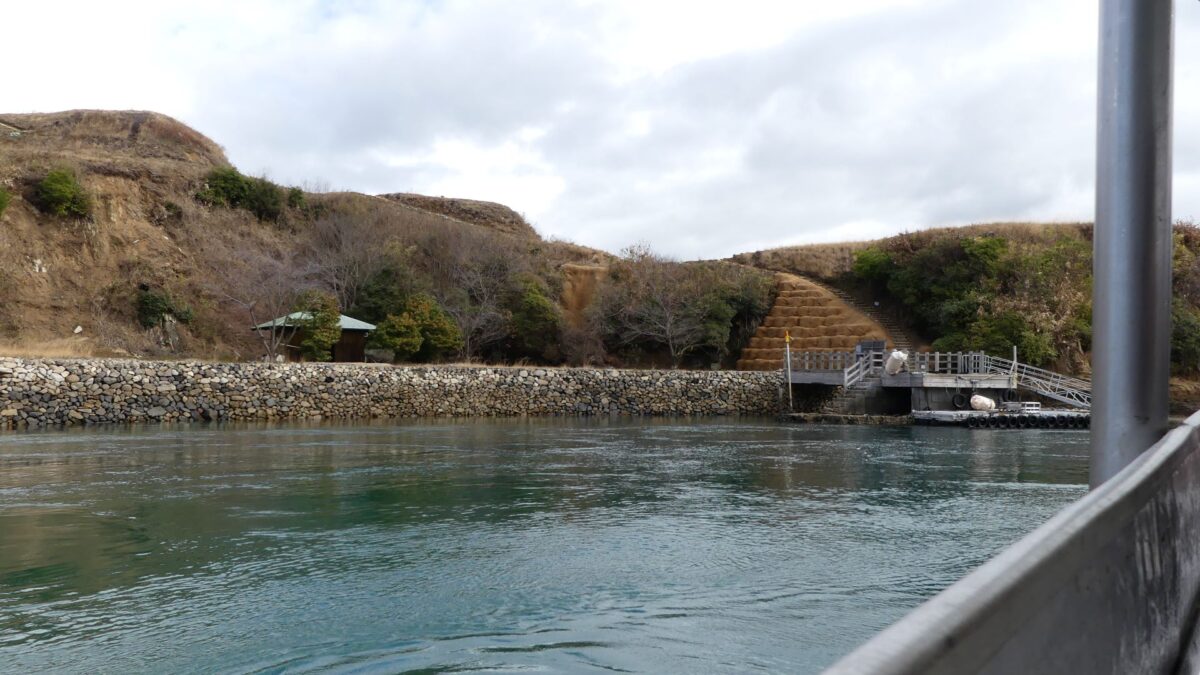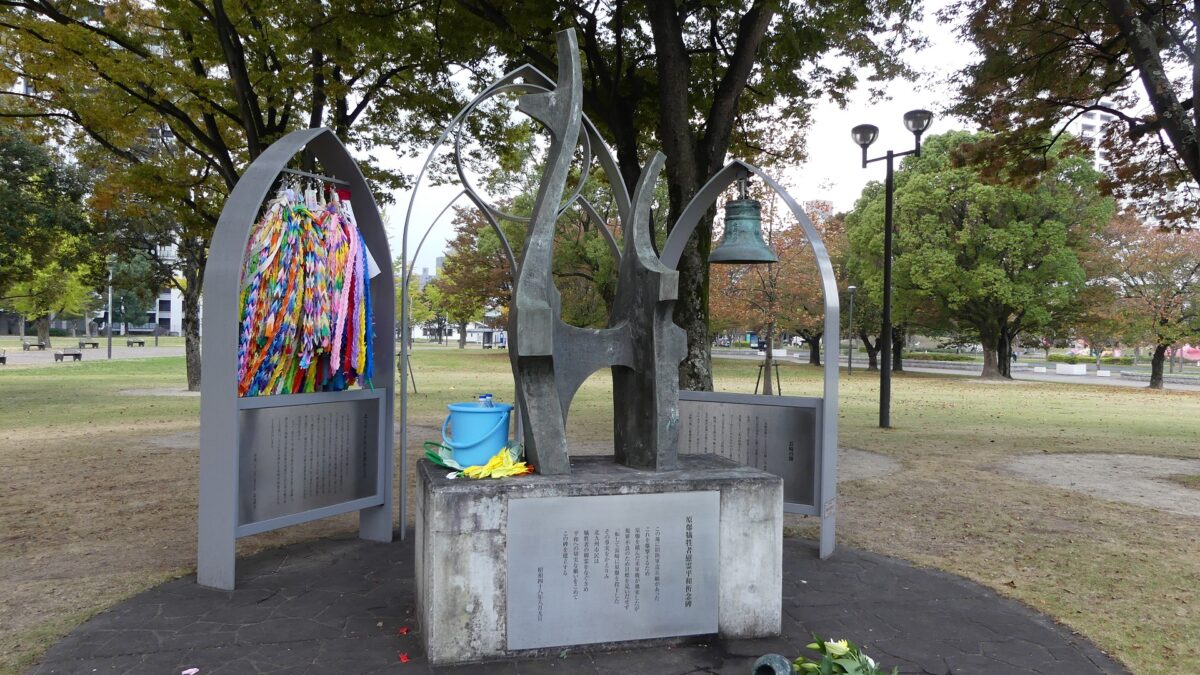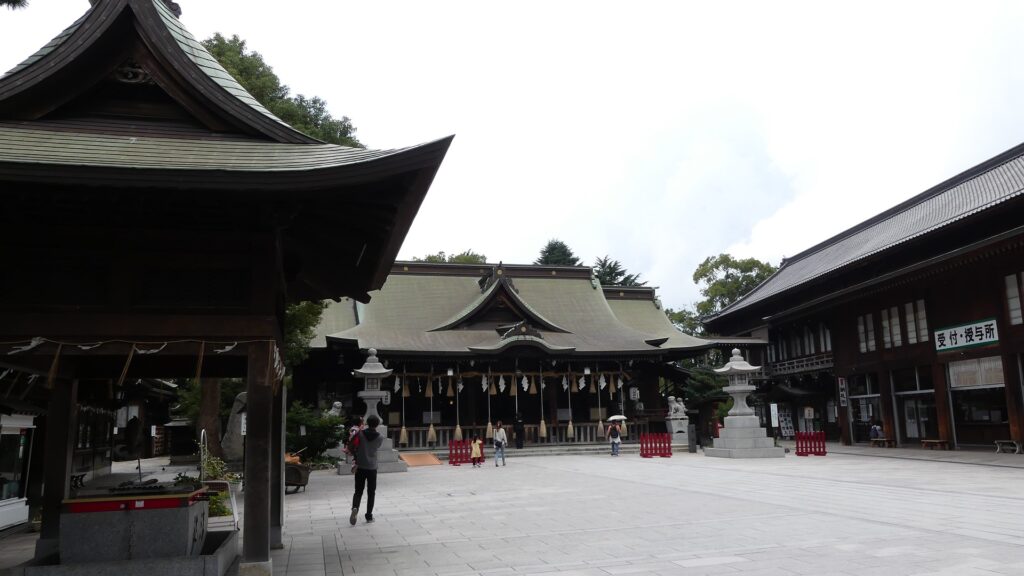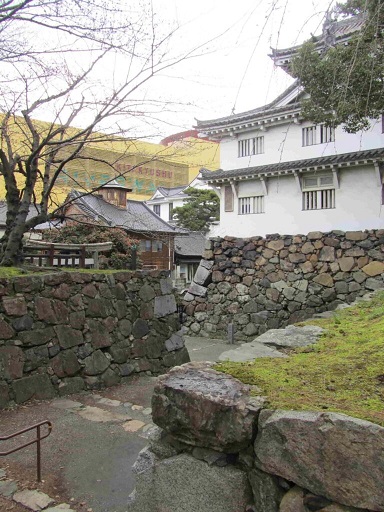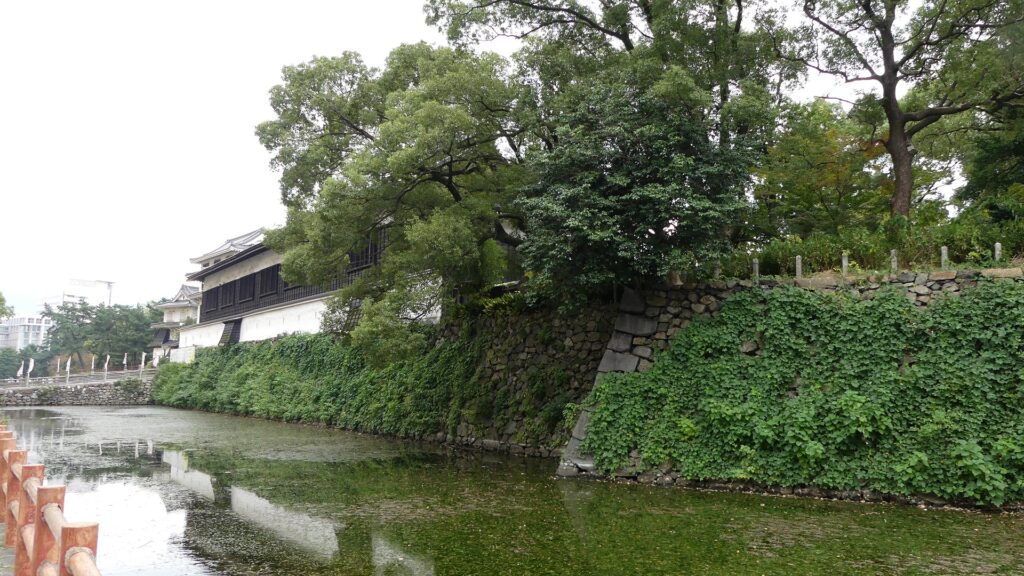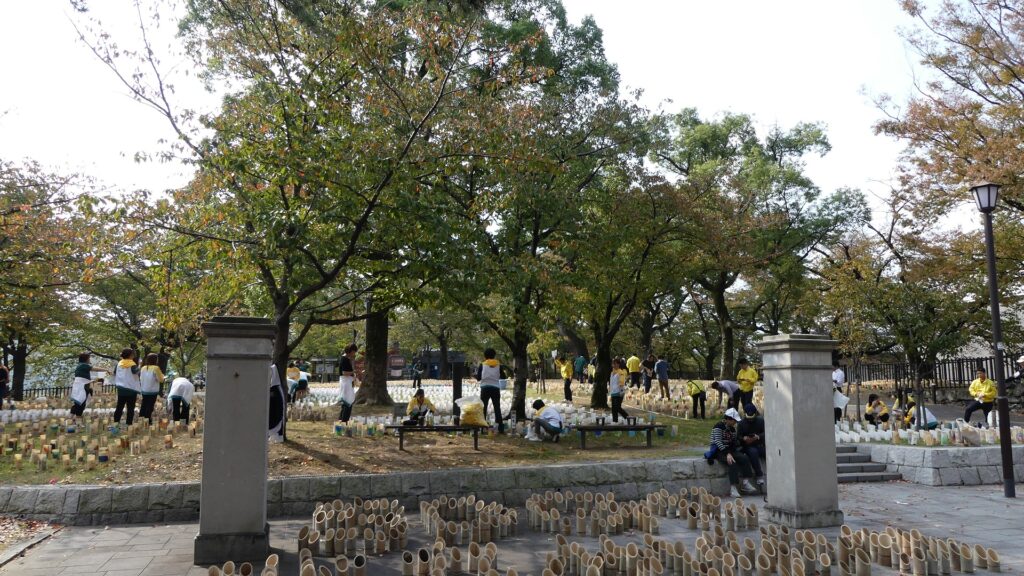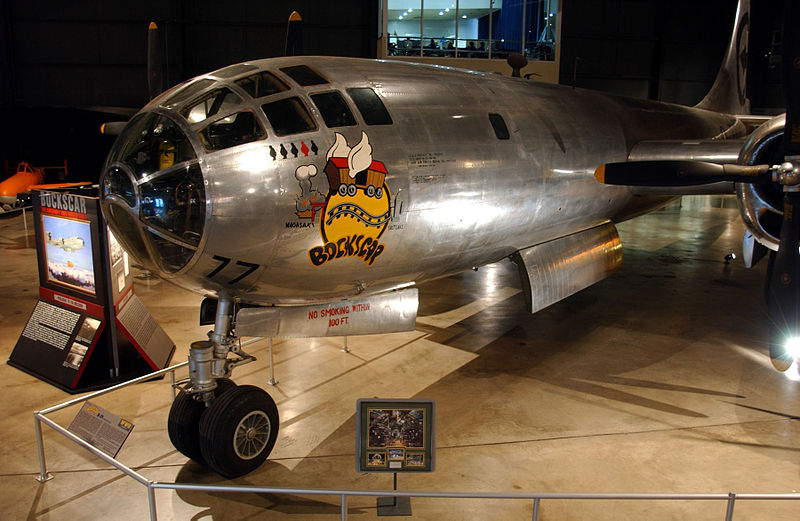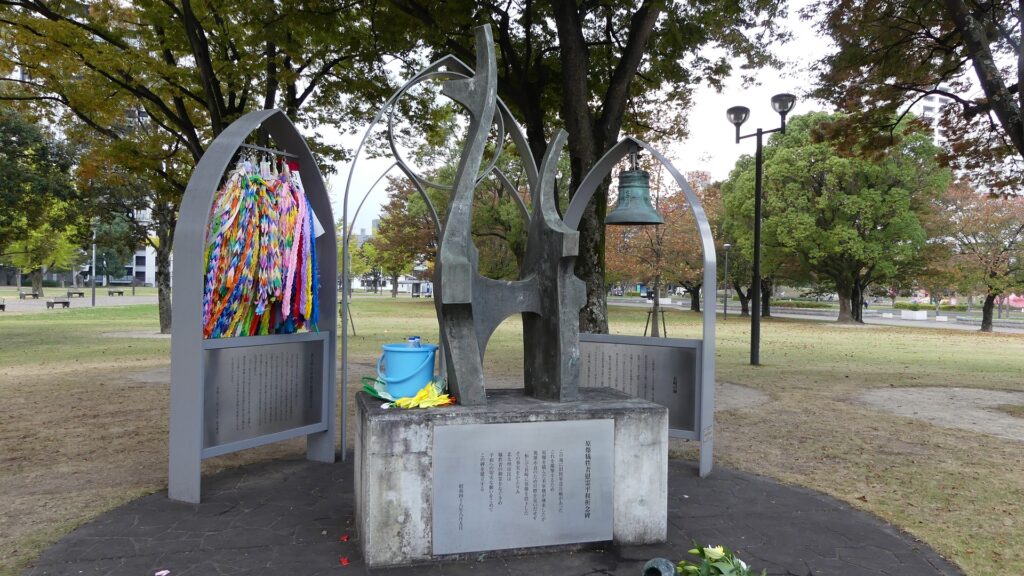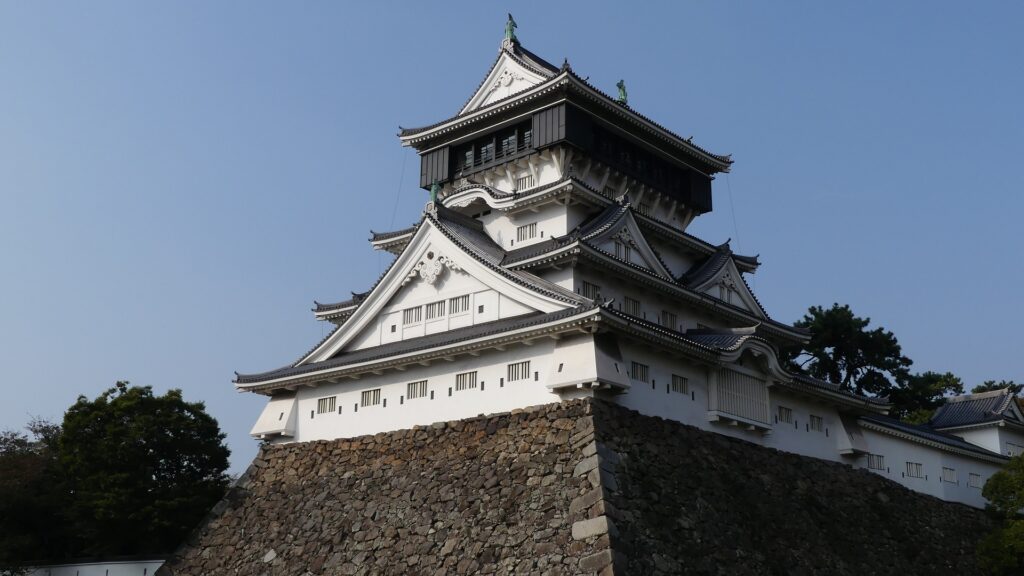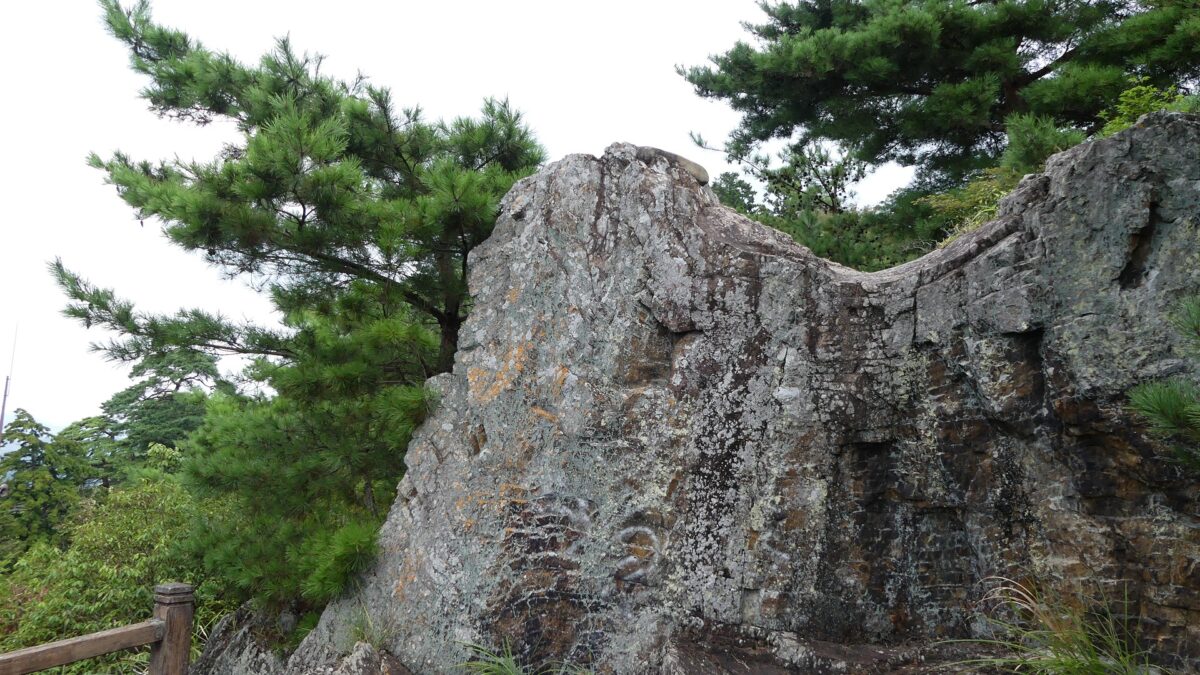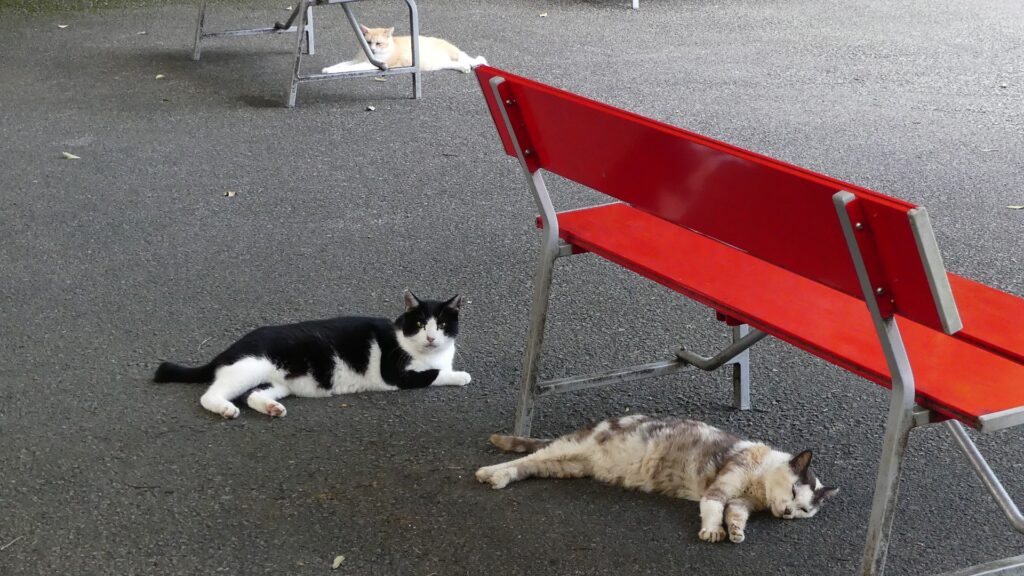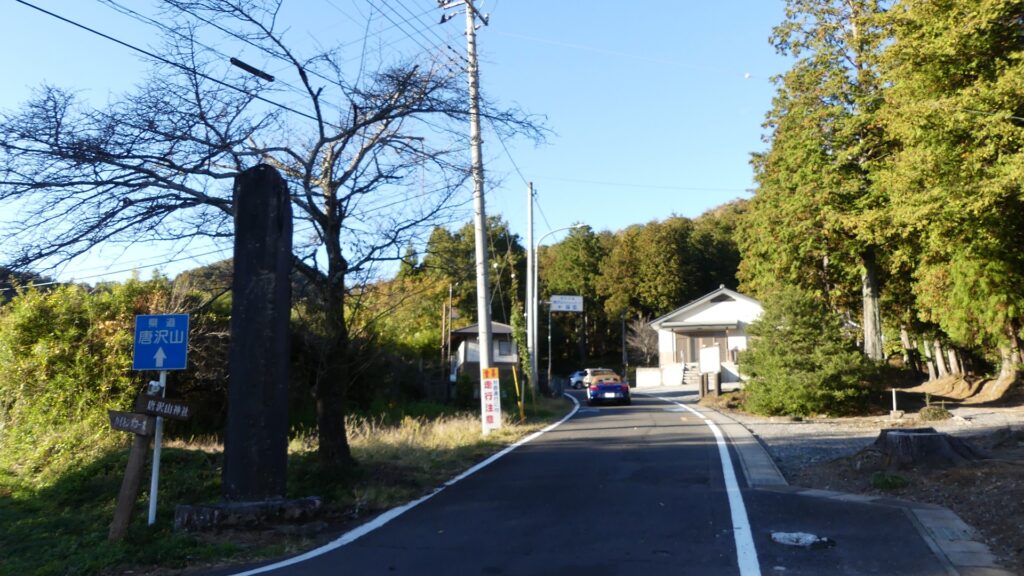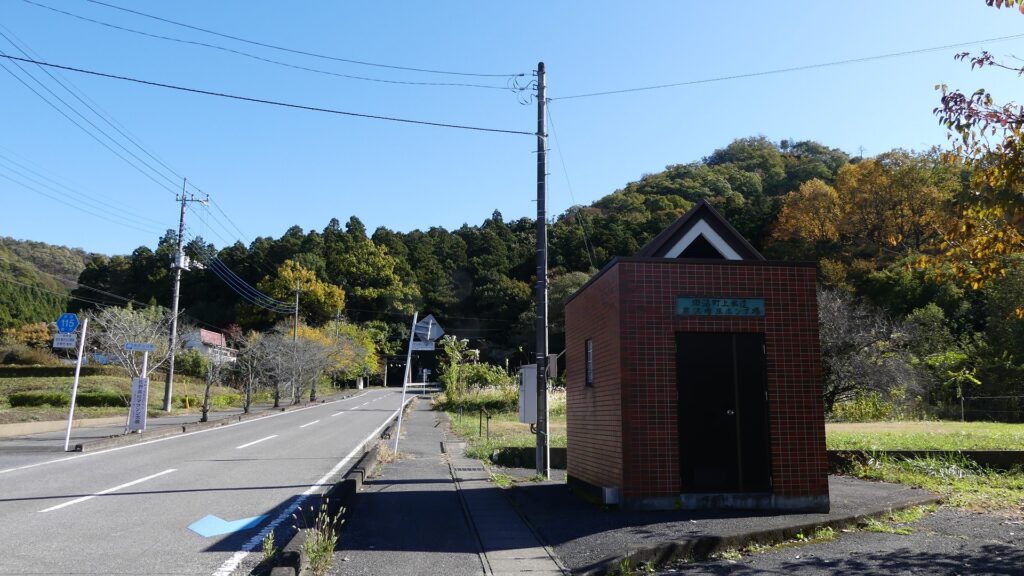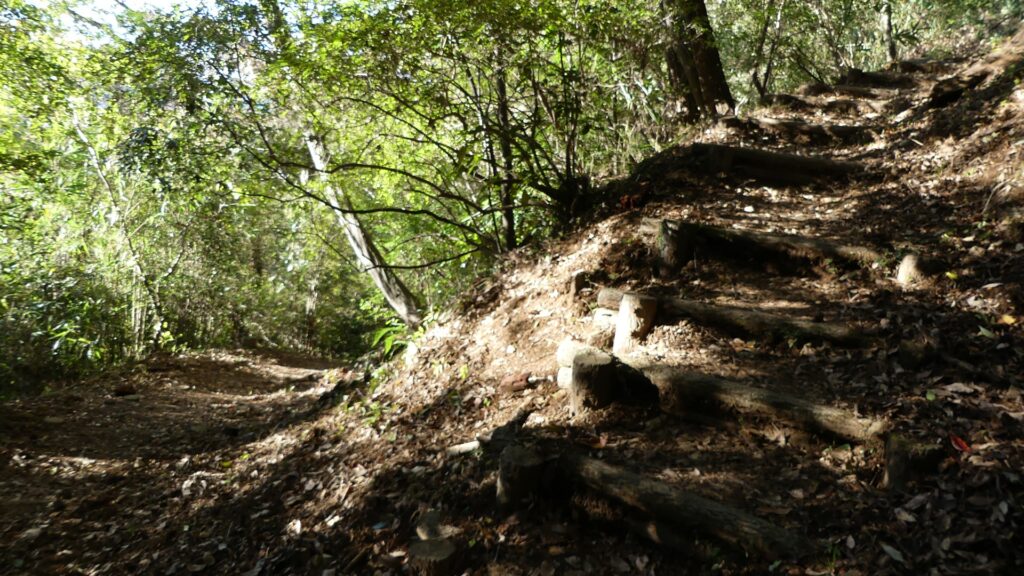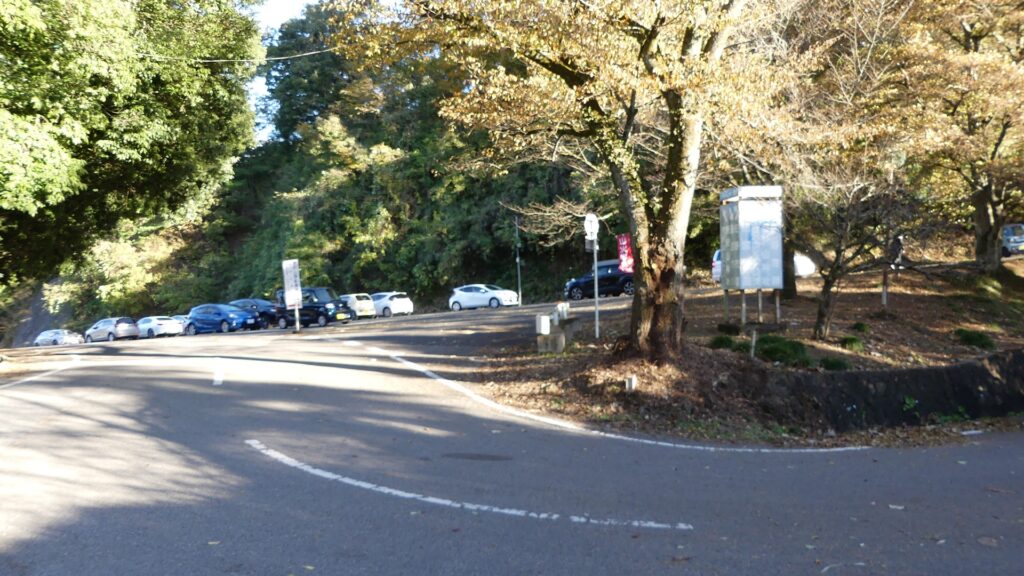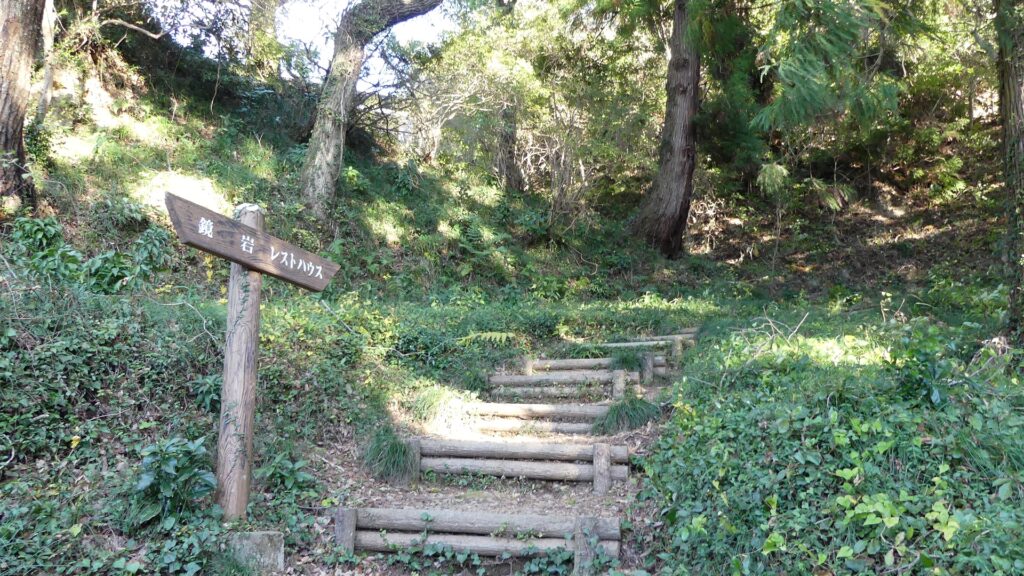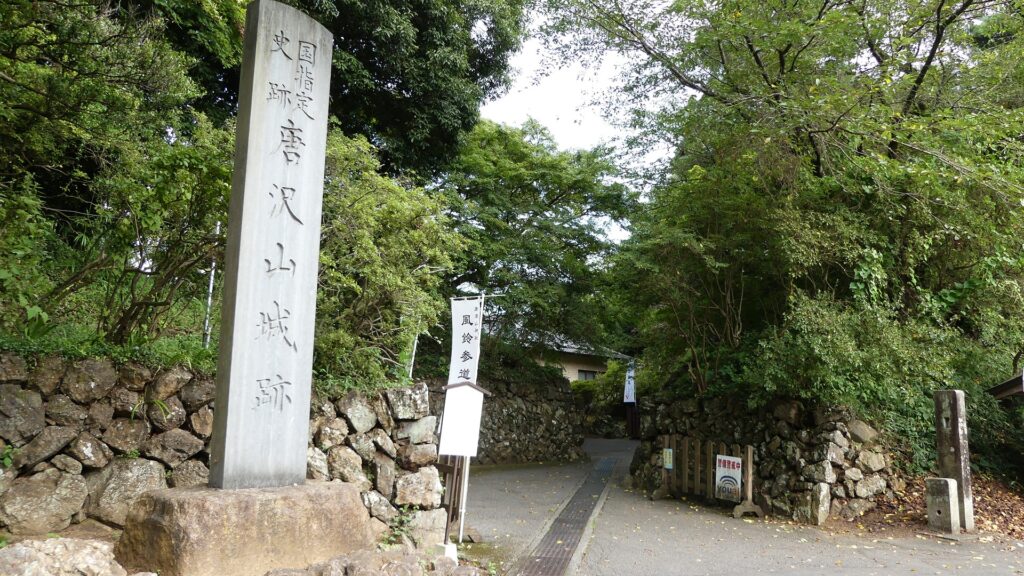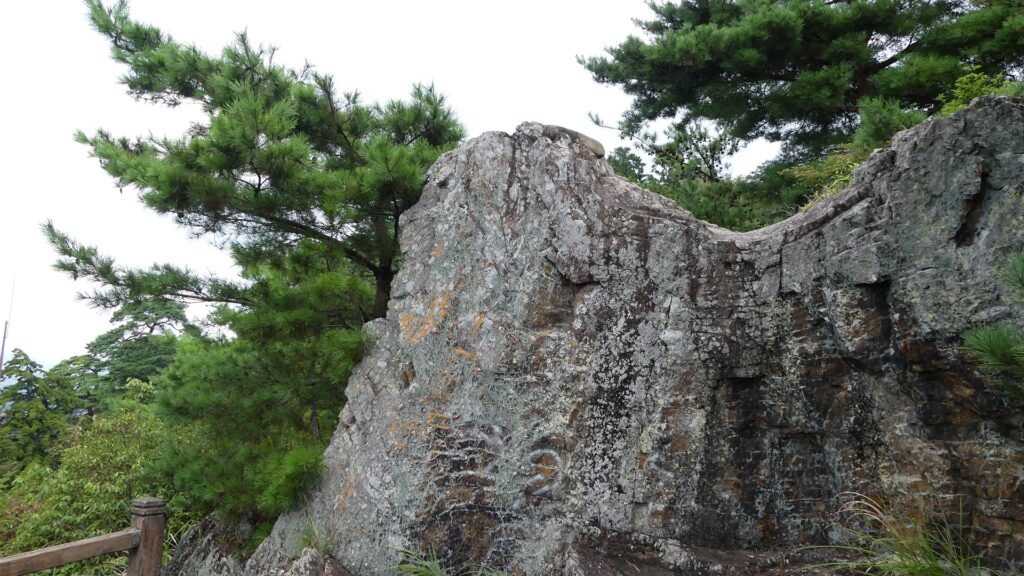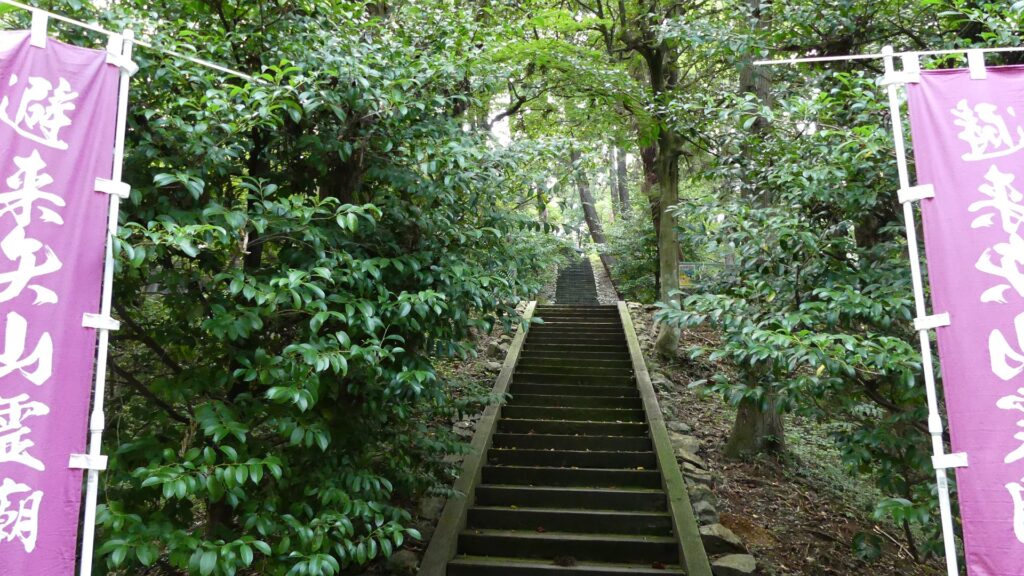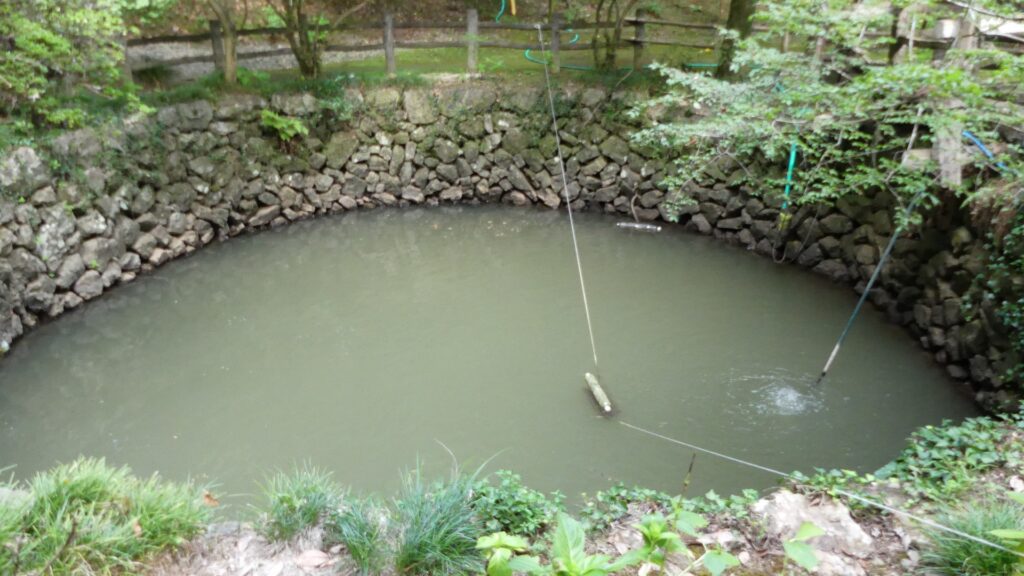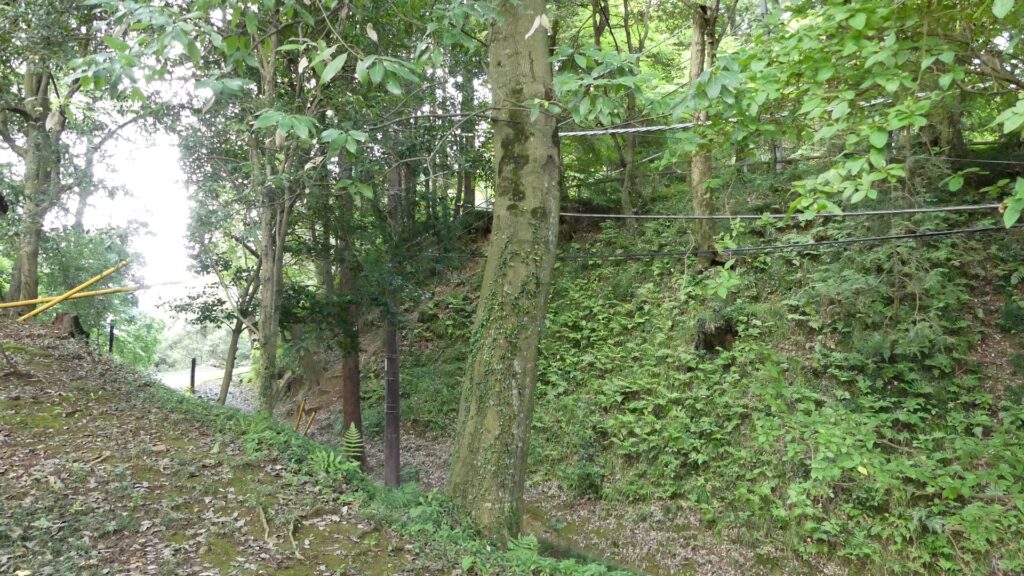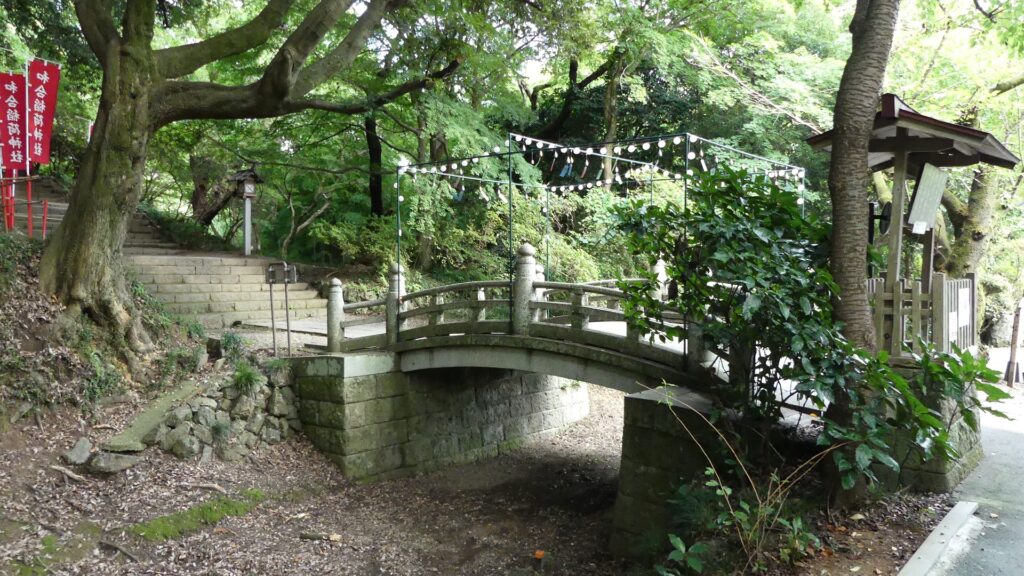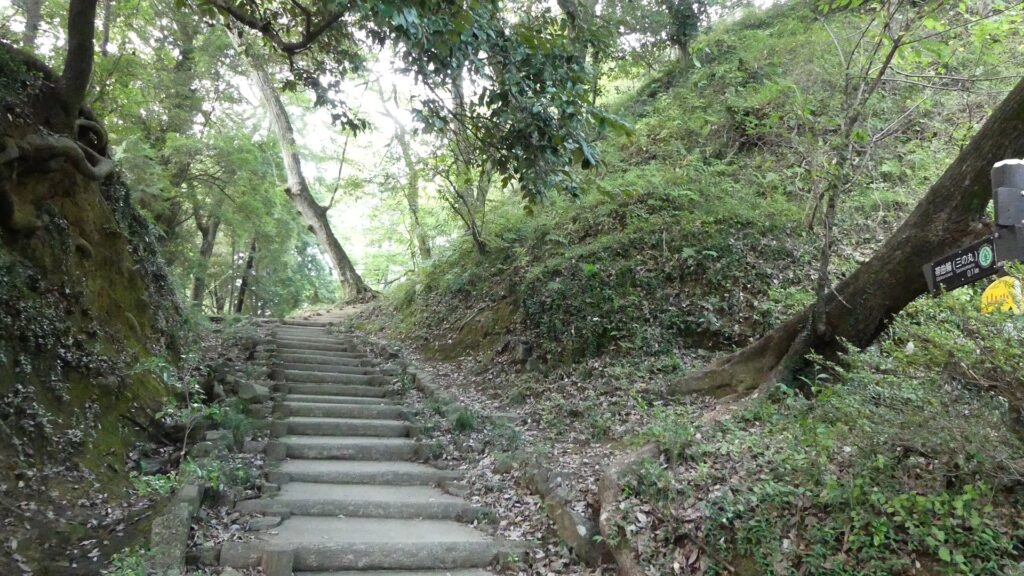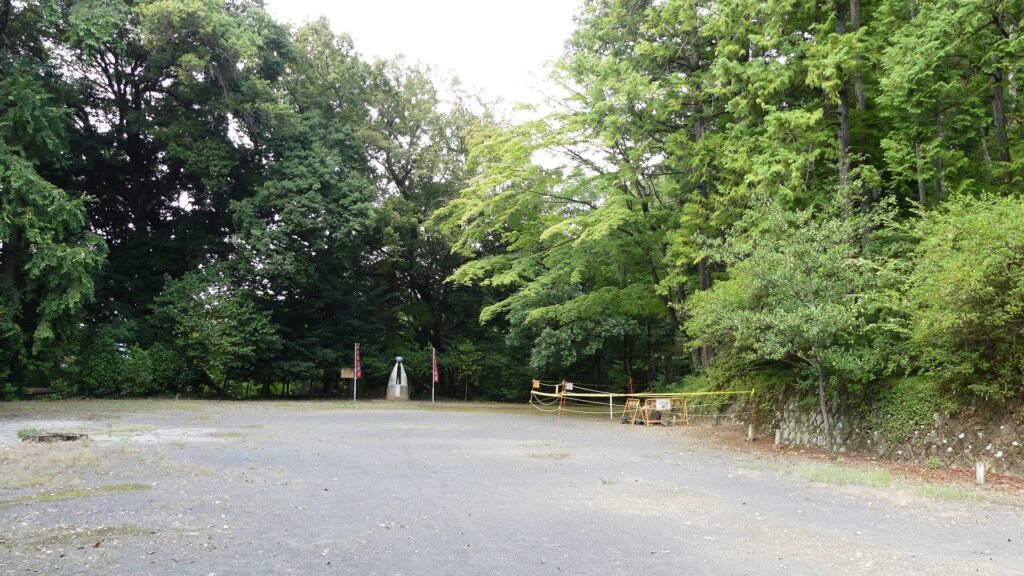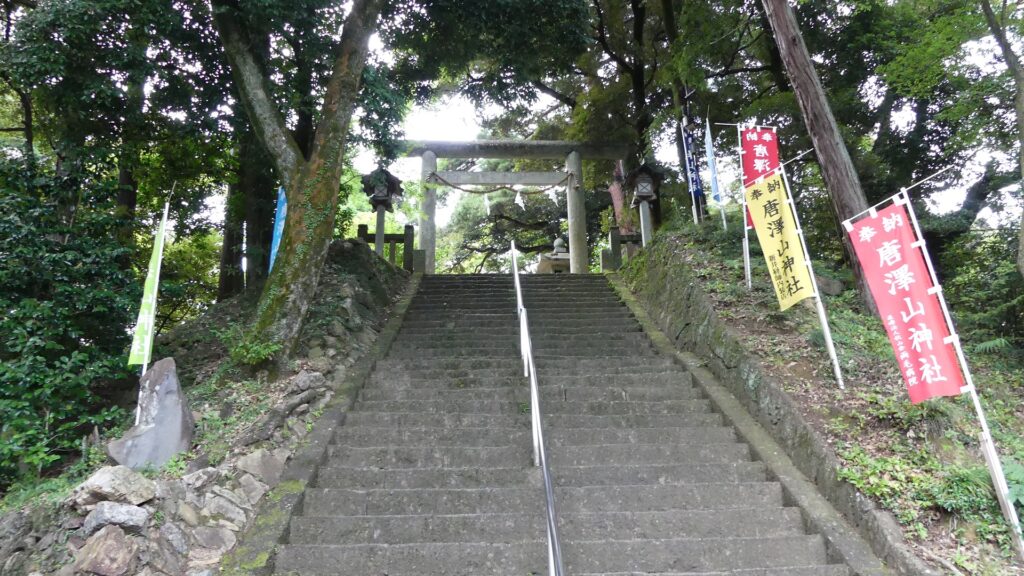Features
Island looking like Unsinkable Warship
Today, Noshima unfortunately has become a deserted island. If you see Noshima from other places such as the seaside of Oshima Island and Mt. Kareiyama observation park on the island, Noshima looks like an unsinkable warship. This is partially because Noshima Island has been developed by the officials to maintain its original conditions of its castle ruins as they are a National Historic Site. That’s why the ruins don’t have trees and bushes, so that you can see the shapes of its enclosures vividly.

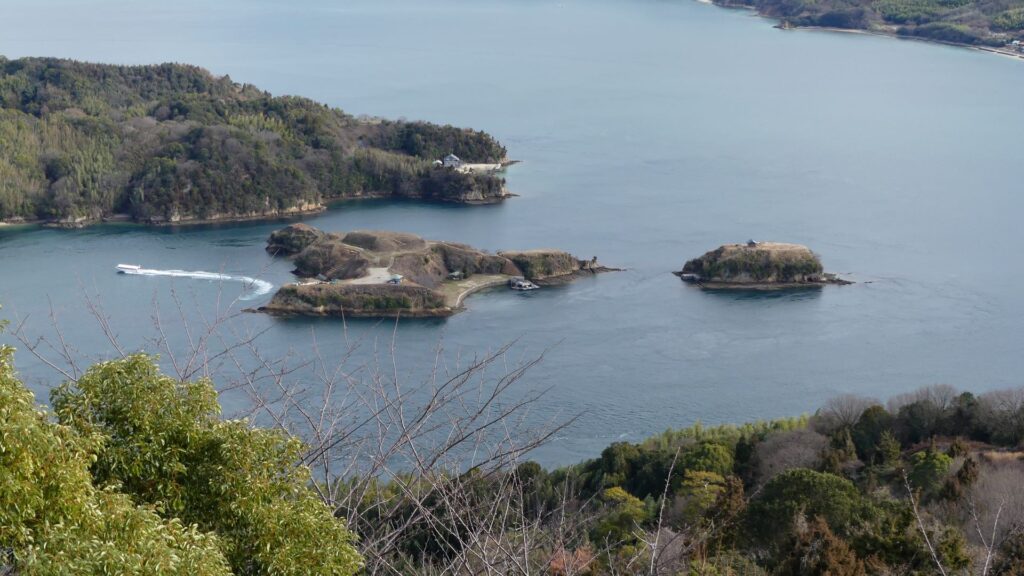
Going to Castle Ruins by attending Boat Tour
Despite the development, you can’t go there by yourself because of the state of the island. If you want to go there, you need to book a boat tour from Miyakubo fishing port on the weekends. (However, the tour could be canceled due to the lack of participants, if it’s less than 10.) If you board on the boat, the captain will operate it smoothly like a sailor of the Murakami Navies.



The boat will approach around the island in a few minutes. There is another smaller island called Taizaki-jima, like a satellite island of Noshima. It was said that both islands were once connected by a suspension bridge. Taizaki Island still has a small shrine on it, but visitors usually can’t go there because there is no bridge today. In addition, the sea between them is very dangerous because it is too shallow for any ships to pass during low tide.
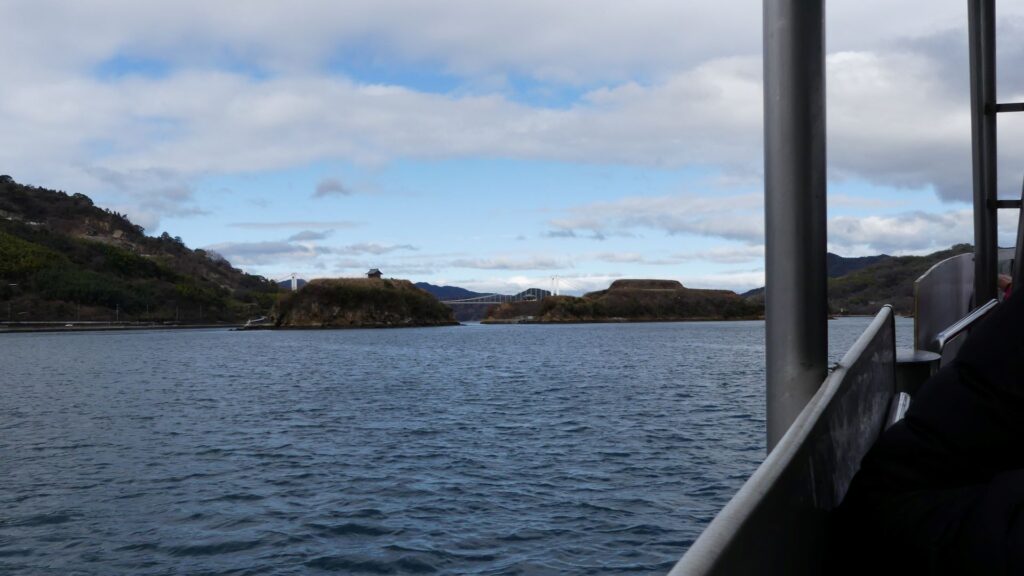
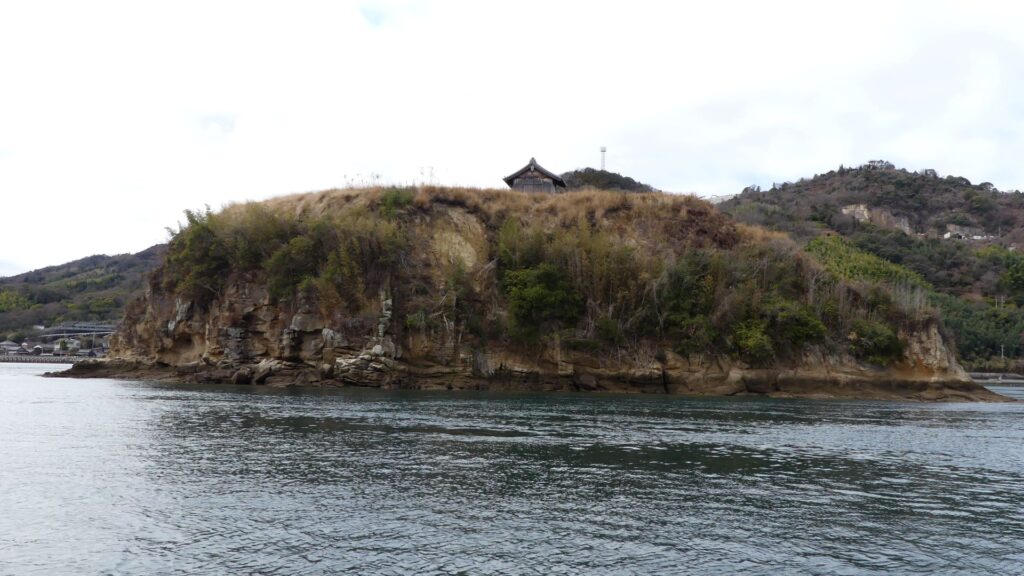
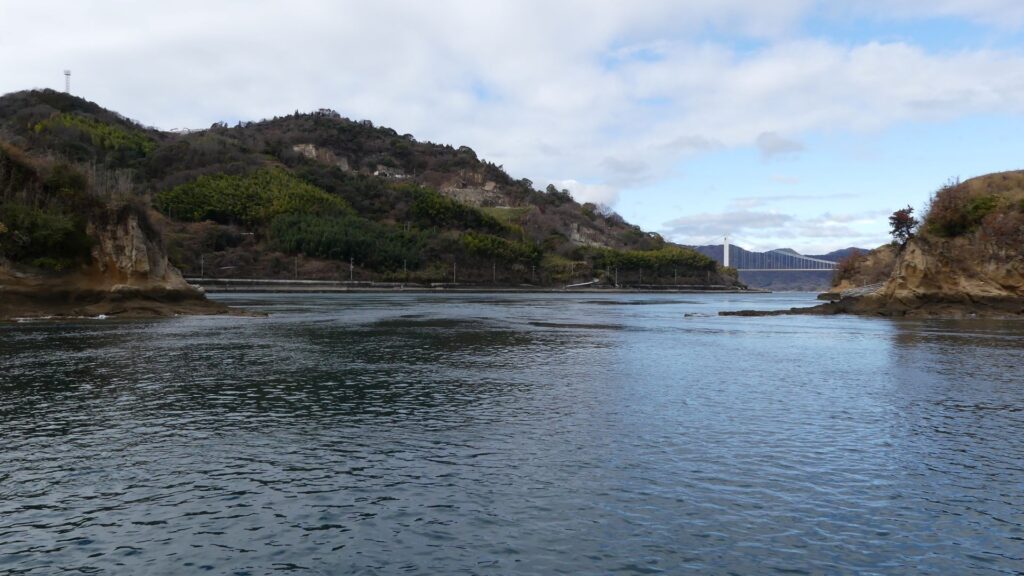
Wild Tides around Island
Your boat will not reach Noshima Island so easily because the tides around it are usually wild. For example, the tide around its northeastern cape usually swirls, which causes ships to turn without professional operations.

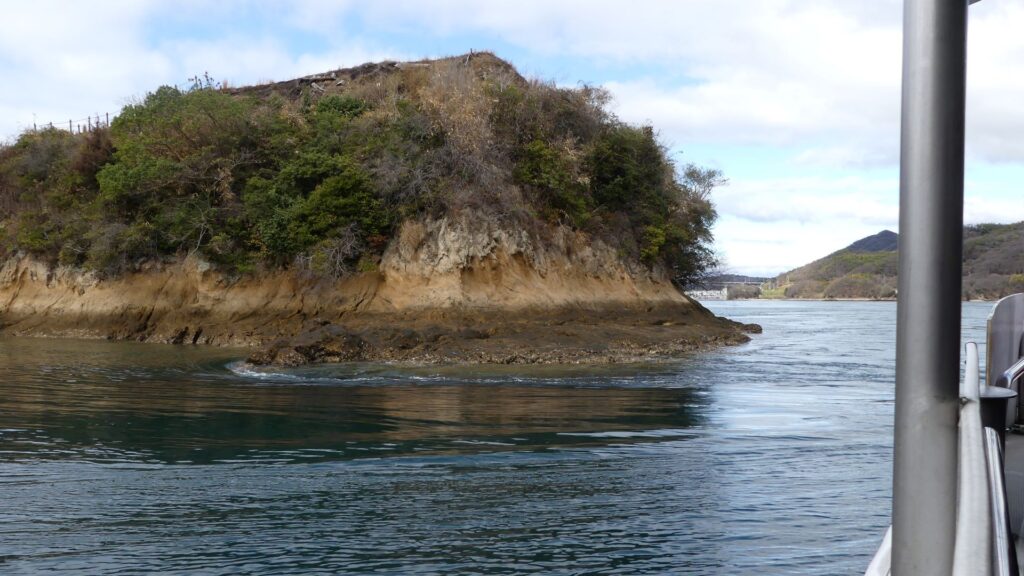
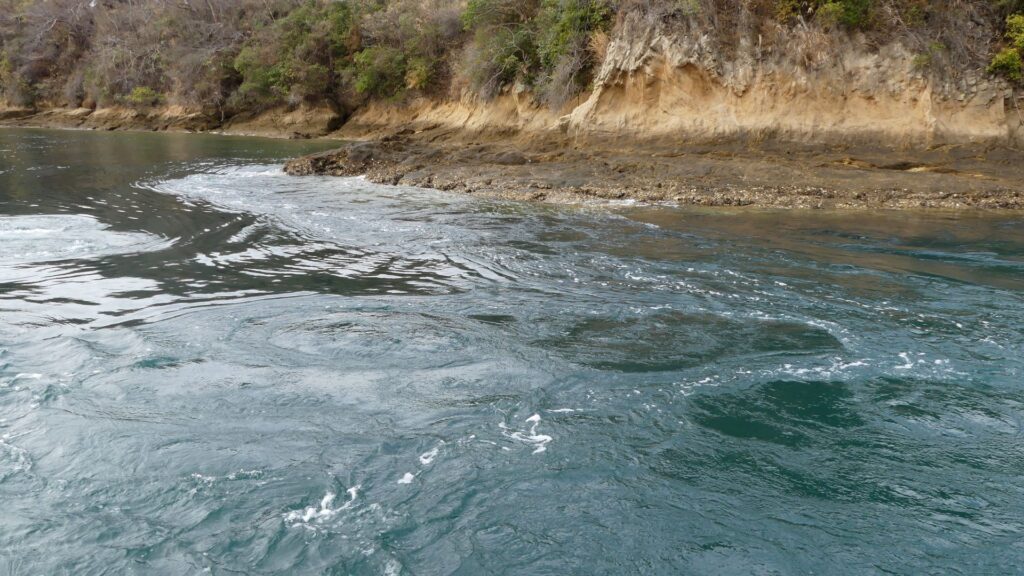
Your boat will go around north of the island seeing its northern beach called Funadamari (meaning the boat pool). The beach has terraced design with a passage, so It was thought that the Navy members unloaded cargo there. There are also lots of postholes around the shore, called “Gansho(reef) Pit”, which were said to be used for mooring. However, it is still uncertain how the Navies used them because there are over 400 holes around the island including dangerous spots. You may see only a few of the holes as they were buried again for preservation or are covered from the tide.
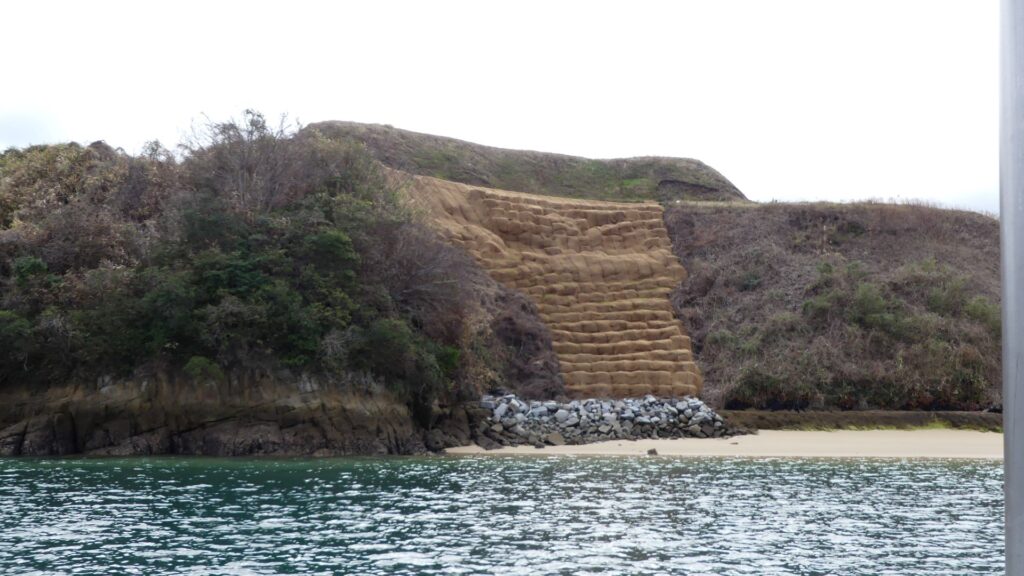
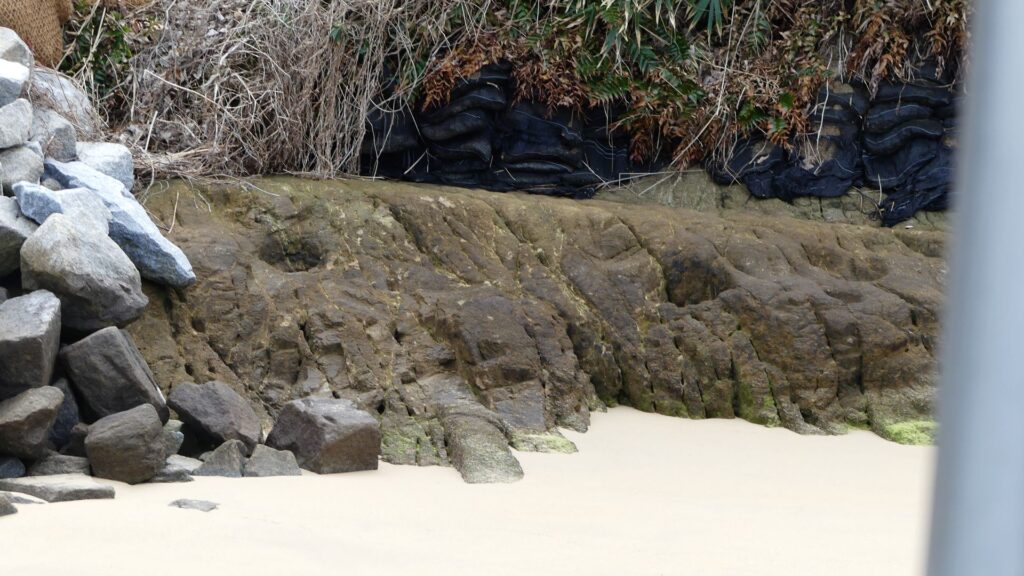
Going to Third Enclosure after landing
Your boat will eventually come alongside the pier at the southwestern beach, one of the few safe spots of the island. There are shore protections with restored stone mounds and the ruins of a repair shop nearby. That’s why this place was thought to be used as a maintenance yard.
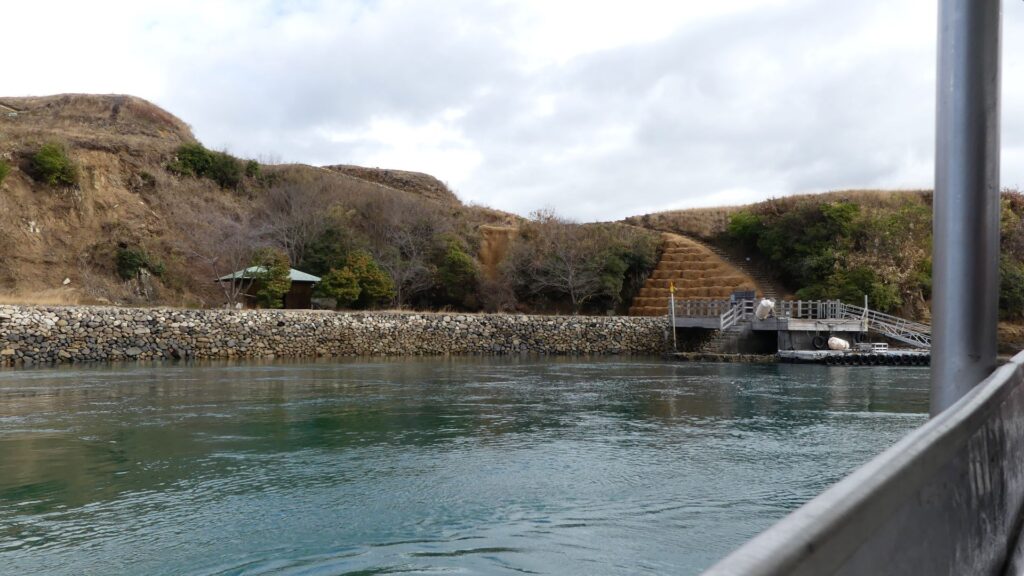
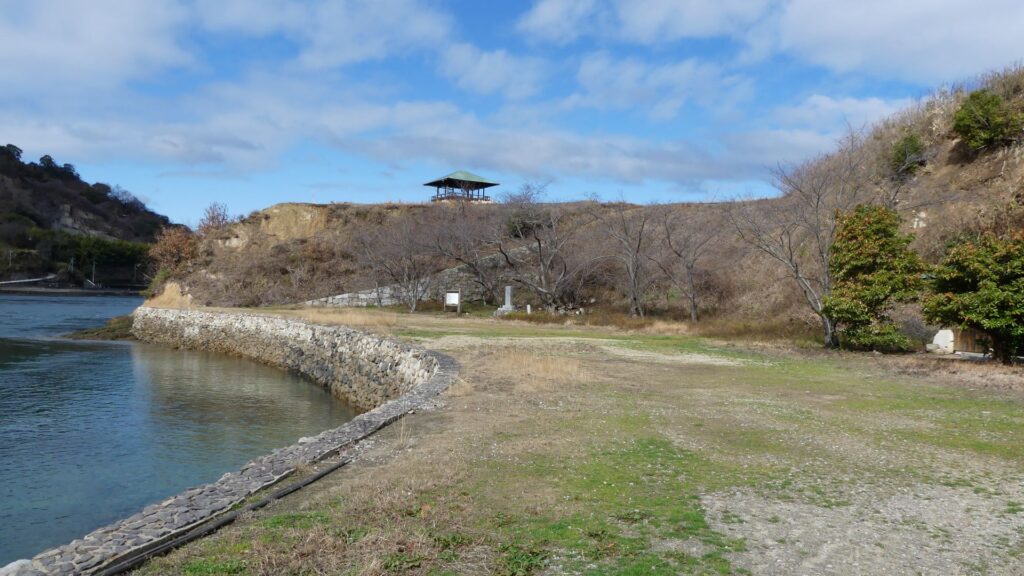
The tour guide will introduce you to the attractions of the castle ruins on the island after landing. The tour course is safe and well developed with paths and wooden steps for visitors though there are no castle buildings.
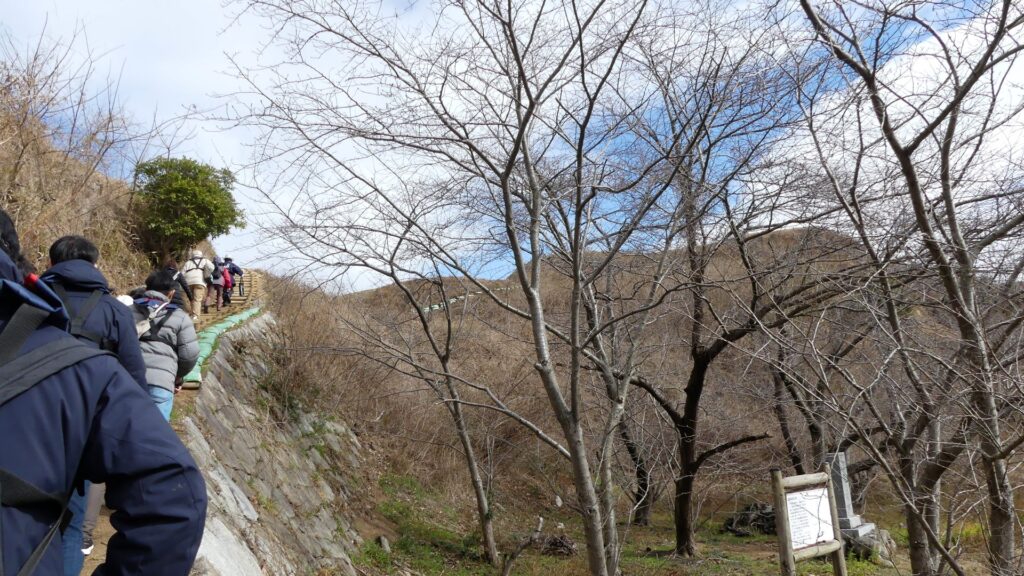
The castle ruins have several enclosures; the main enclosure on the top, surrounded by the second enclosure, the lower third enclosure, and the others on the island’s capes. The tour group will first go to the third enclosure from the beach. Stone foundations were found by the excavation team, which were thought to be used as houses or warehouses. Earthenware jars and valuable chinaware were excavated there, so they might have been stored as a type of fee from travelers’ ships or by the navies’ tradings.
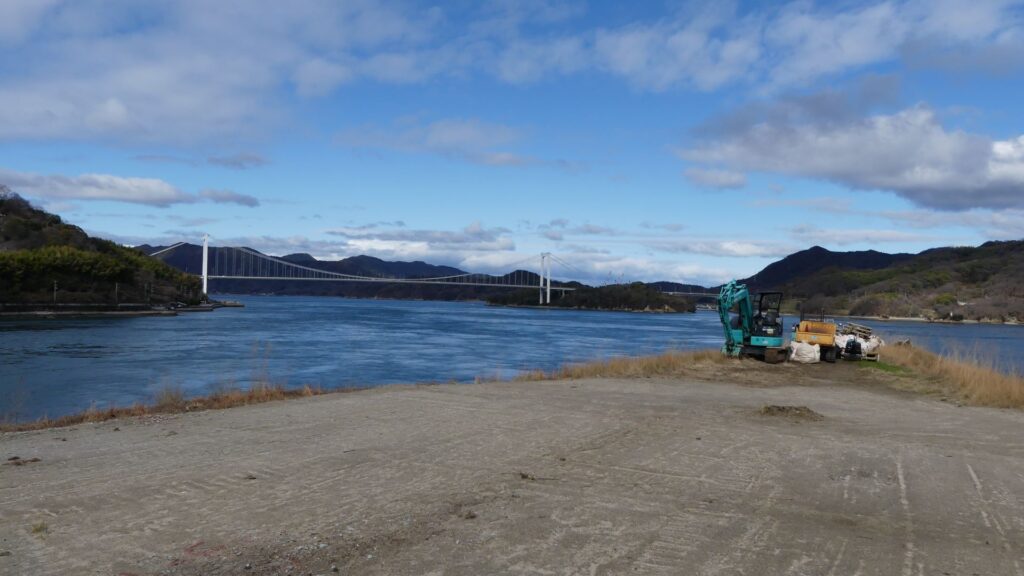
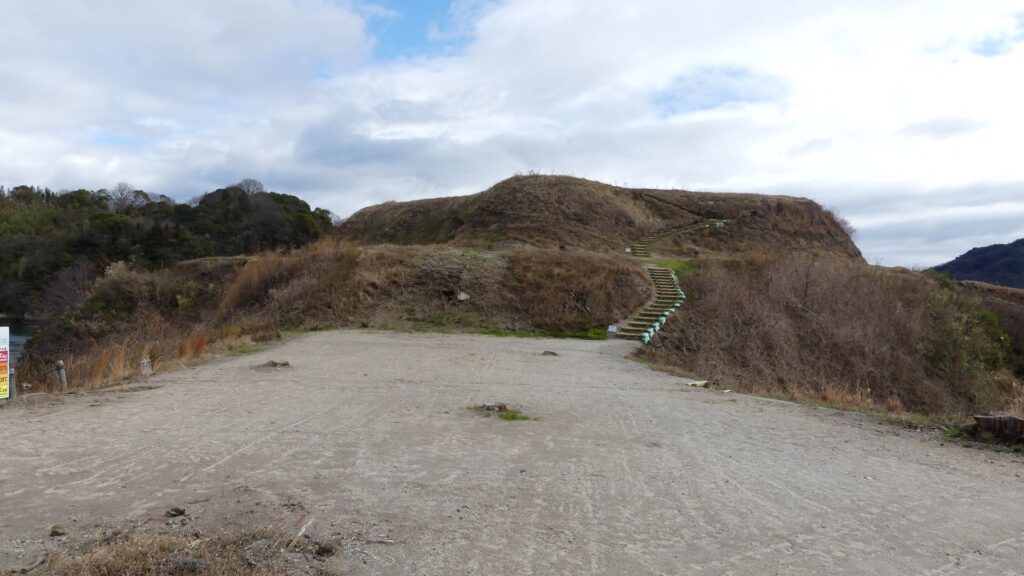
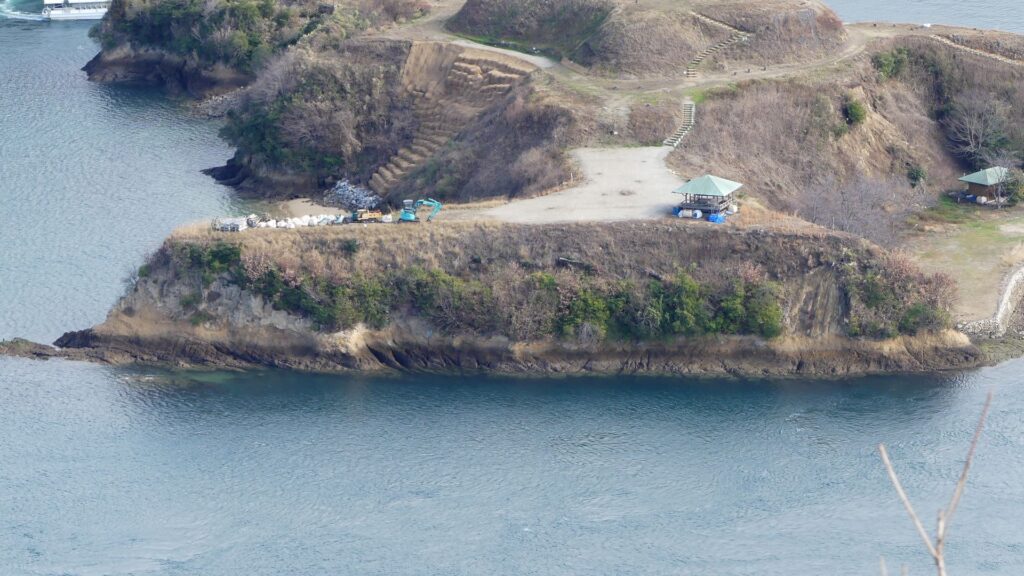
To be continued in “Noshima Castle Part3”
Back to “Noshima Castle Part1”

